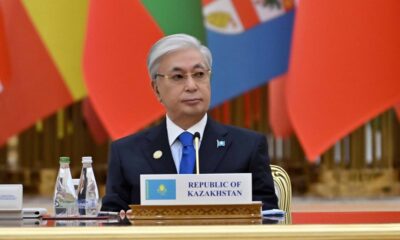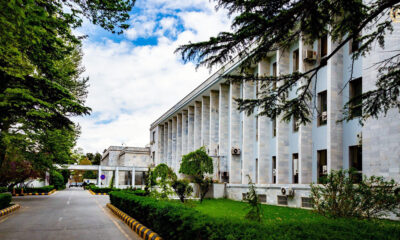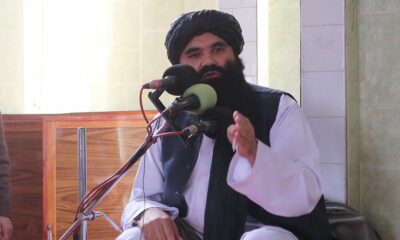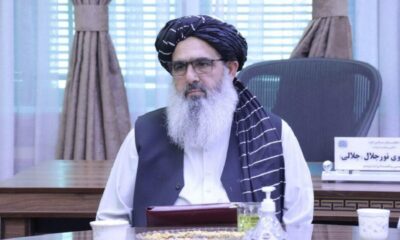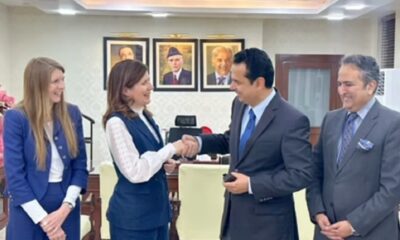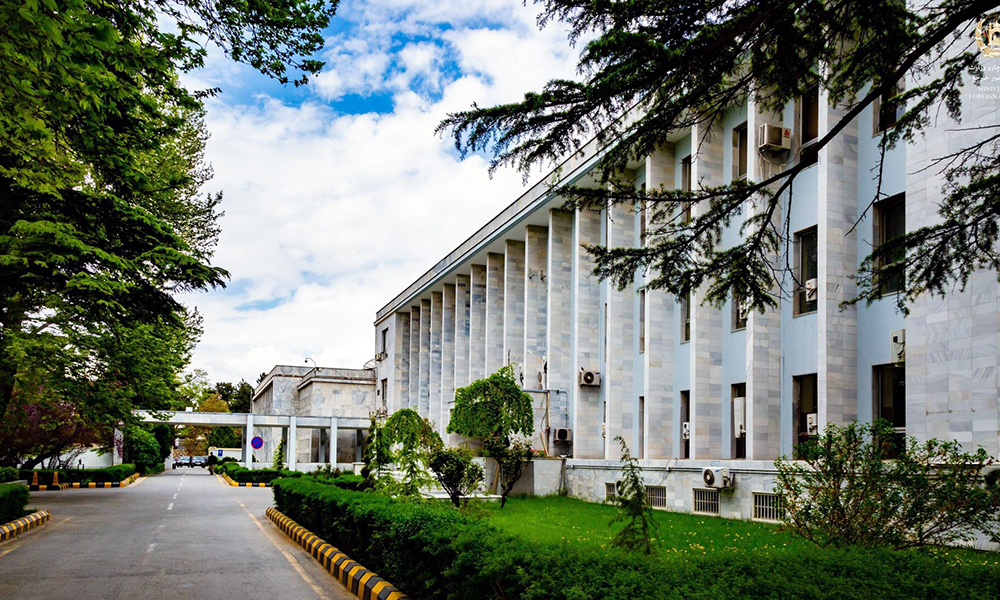Latest News
Tens of thousands of children in Afghanistan affected by ongoing flash floods

Tens of thousands of children in Afghanistan remain affected by ongoing flash floods, especially in the north and west, the U.N. children’s agency, UNICEF, said Monday.
Unusually heavy seasonal rains have been wreaking havoc on multiple parts of the country, killing hundreds of people and destroying property and crops.
The U.N. food agency, WFP, has warned that many survivors are unable to make a living.
UNICEF said the extreme weather has all of the hallmarks of an intensifying climate crisis, with some of the affected areas having experienced drought last year.
The World Food Program said the exceptionally heavy rains in Afghanistan killed more than 300 people and destroyed thousands of houses in May, mostly in the northern province of Baghlan.
Survivors have been left with no homes, no land, and no source of livelihood, WFP said.
UNICEF said in a statement Monday that tens of thousands of children remain affected by ongoing floods.
“The international community must redouble efforts and investments to support communities to alleviate and adapt to the impact of climate change on children,” said Dr. Tajudeen Oyewale, the UNICEF representative in Afghanistan.
At the same time, “UNICEF and the humanitarian community must prepare ourselves for a new reality of climate-related disasters,” Oyewale said.
Afghanistan ranks 15th out of 163 nations in the Children’s Climate Risk Index. This means that not only are climate and environmental shocks and stresses prominent in the country, but children are particularly vulnerable to their effects compared with elsewhere in the world.
Last week, the private group Save the Children said about 6.5 million children in Afghanistan are forecast to experience crisis levels of hunger in 2024.
Nearly three out of 10 Afghan children will face crisis or emergency levels of hunger this year as the country feels the immediate impact of floods, the long-term effects of drought, and the return of Afghans from neighboring Pakistan and Iran, the group said in a report.
More than 557,000 Afghans have returned from Pakistan since September 2023, after Pakistan began cracking down on foreigners it alleges are in the country illegally, including 1.7 million Afghans.
Latest News
Continued aid to Afghanistan vital for regional security: Kazakh president
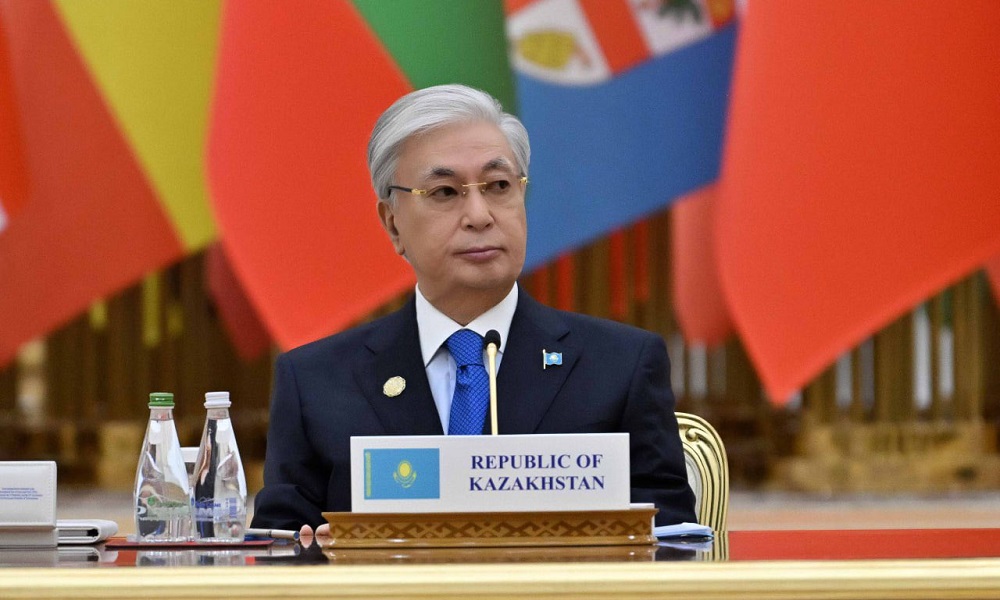
Kazakhstan’s President Kassym-Jomart Tokayev has emphasized the continuation of humanitarian assistance to Afghanistan, stating that the ongoing provision of such aid plays an important role in ensuring regional security.
Speaking at the international conference “Peace and Trust” in Ashgabat, the capital of Turkmenistan, Tokayev described addressing complex humanitarian challenges and the reconstruction of Afghanistan as a necessity.
“To ensure regional security, we consider it essential to continue providing assistance to Afghanistan, including by strengthening international efforts to address complex humanitarian issues and the reconstruction of this country. Kazakhstan remains committed to supporting the people of Afghanistan through humanitarian aid, educational projects, trade development, and food security initiatives,” he said.
Meanwhile, experts believe that sustainable improvement of the humanitarian situation in Afghanistan requires broad cooperation from the international community and support for the country’s economic development.
“Investment can be defined as one of the fundamental drivers of the economic cycle, and whenever Afghan traders do not take their money out of the country and instead invest domestically, it naturally leads to greater growth and dynamism in Afghanistan’s economy,” said Abdul Zahoor Modabber, an economic analyst.
As the humanitarian crisis in Afghanistan continues, reports by international relief organizations indicate that millions of citizens of the country are in urgent need of food, health, and livelihood assistance.
The reduction in funding for aid organizations, the impacts of climate change, and the return of migrants have increased concerns about a further deterioration of the humanitarian situation in the country.
Latest News
Islamic Emirate declines to attend Tehran meeting on Afghanistan
Latest News
Sirajuddin Haqqani: A government that intimidates its people is not a true government
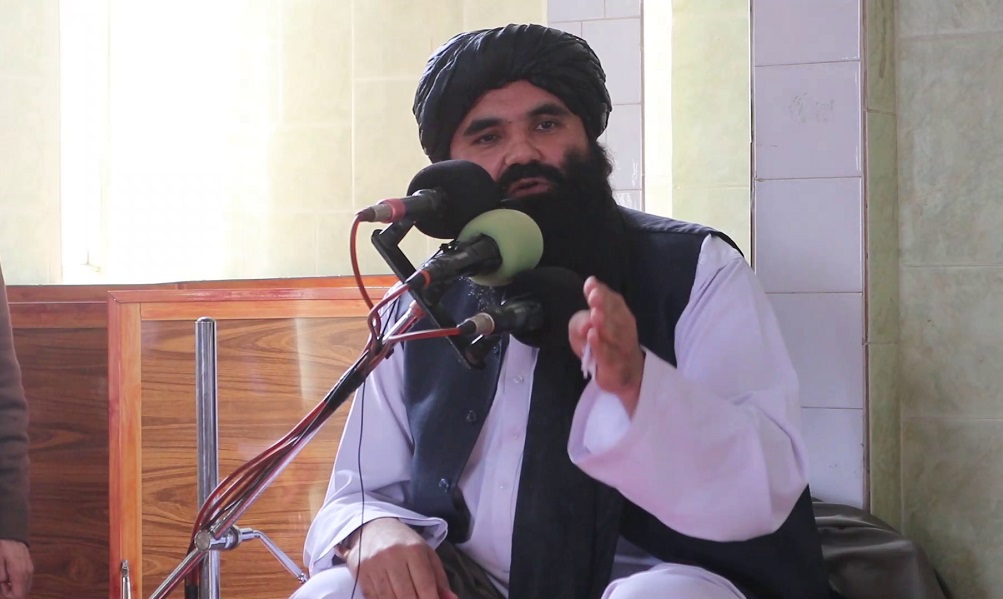
Khalifa Sirajuddin Haqqani, Minister of Interior of the Islamic Emirate of Afghanistan, said during a visit to Khost province on Friday that any government which rules through fear cannot be considered a true government.
“A government is one that is loved by its people, one that serves them with respect and compassion, and from whose behavior people learn ethics and sincerity,” he said.
Haqqani also stressed that Afghans who opposed the Islamic Emirate in the past should be tolerated and treated in a way that helps eliminate hostility and animosity, paving the way for national cohesion.
-
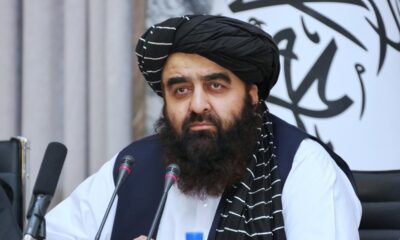
 Latest News2 days ago
Latest News2 days agoMuttaqi: Afghanistan’s progress requires both religious and modern education
-

 Sport4 days ago
Sport4 days agoILT20: Desert Vipers edge Gulf Giants in historic super over thriller
-

 Regional4 days ago
Regional4 days agoSix Pakistani soldiers killed in TTP attack in Kurram District
-
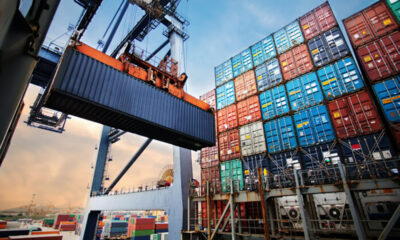
 Business4 days ago
Business4 days agoTrade bodies warn almost 11,000 Afghan transit containers stuck at Karachi port
-
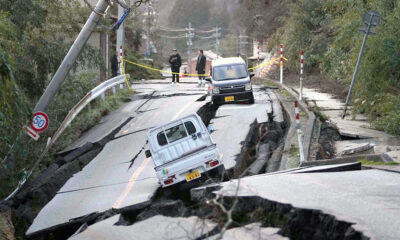
 World4 days ago
World4 days agoPowerful 7.6 earthquake hits northern Japan, tsunami warnings issued
-

 Latest News3 days ago
Latest News3 days agoTrump calls Afghanistan a ‘hellhole’ country as US expands immigration restrictions
-

 Sport3 days ago
Sport3 days agoCommanding wins for Arman FC and Sarsabz Yashlar in Afghanistan Champions League
-
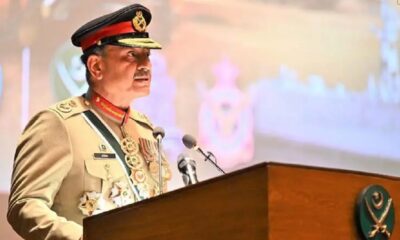
 Latest News5 days ago
Latest News5 days agoPakistan’s top general calls on IEA to pick between ties with Islamabad or TTP




